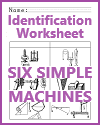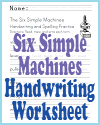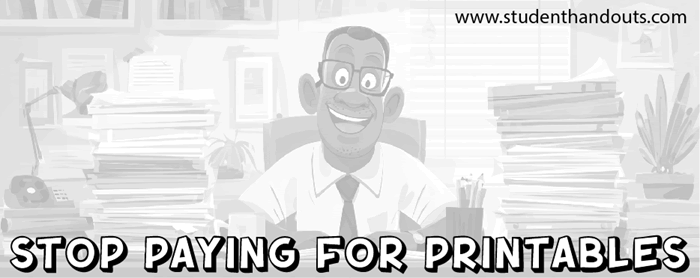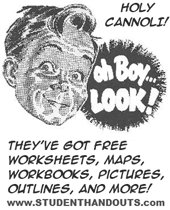Learning about simple machines is integrated into the lower elementary curriculum through the "Physical Science" and "Engineering Design" components of the NGSS. The focus is not merely on memorizing the six types of simple machines, but on understanding the core concepts of force, motion, and how tools help us solve problems.
The learning is primarily addressed in third grade (3-PS2-1 and 3-PS2-2), but the foundation is built earlier.
Kindergarten and First Grade (K-PS2-1, K-PS2-2): Students are introduced to the core concepts of pushes and pulls. They learn that a force is needed to change an object's motion (make it start, stop, or change direction). They also engage in engineering design (K-2-ETS1) to build simple devices to solve problems, naturally experimenting with ramps (inclined planes) and levers to move objects.
Third Grade (3-PS2-1 and 2): This is where the concept is explicitly developed. Students plan and conduct investigations to determine the effects of balanced and unbalanced forces on an object's motion. They explore how magnetic forces can cause motion without touching an object.
The connection to simple machines is made through the engineering standard 3-5-ETS1-1. Students are challenged to define a simple problem (e.g., "How can we lift this heavy bucket?" or "How can we move this object to a higher level?") and then design, build, and test a device that uses one or more simple machines to solve it.
In essence, simple machines are taught as the practical application of the physics concepts of force and motion. Students learn that tools like levers, pulleys, ramps, and wheels are used to make tasks easier by changing the direction or amount of force needed to move an object. This approach emphasizes inquiry and problem-solving over rote memorization.
|












